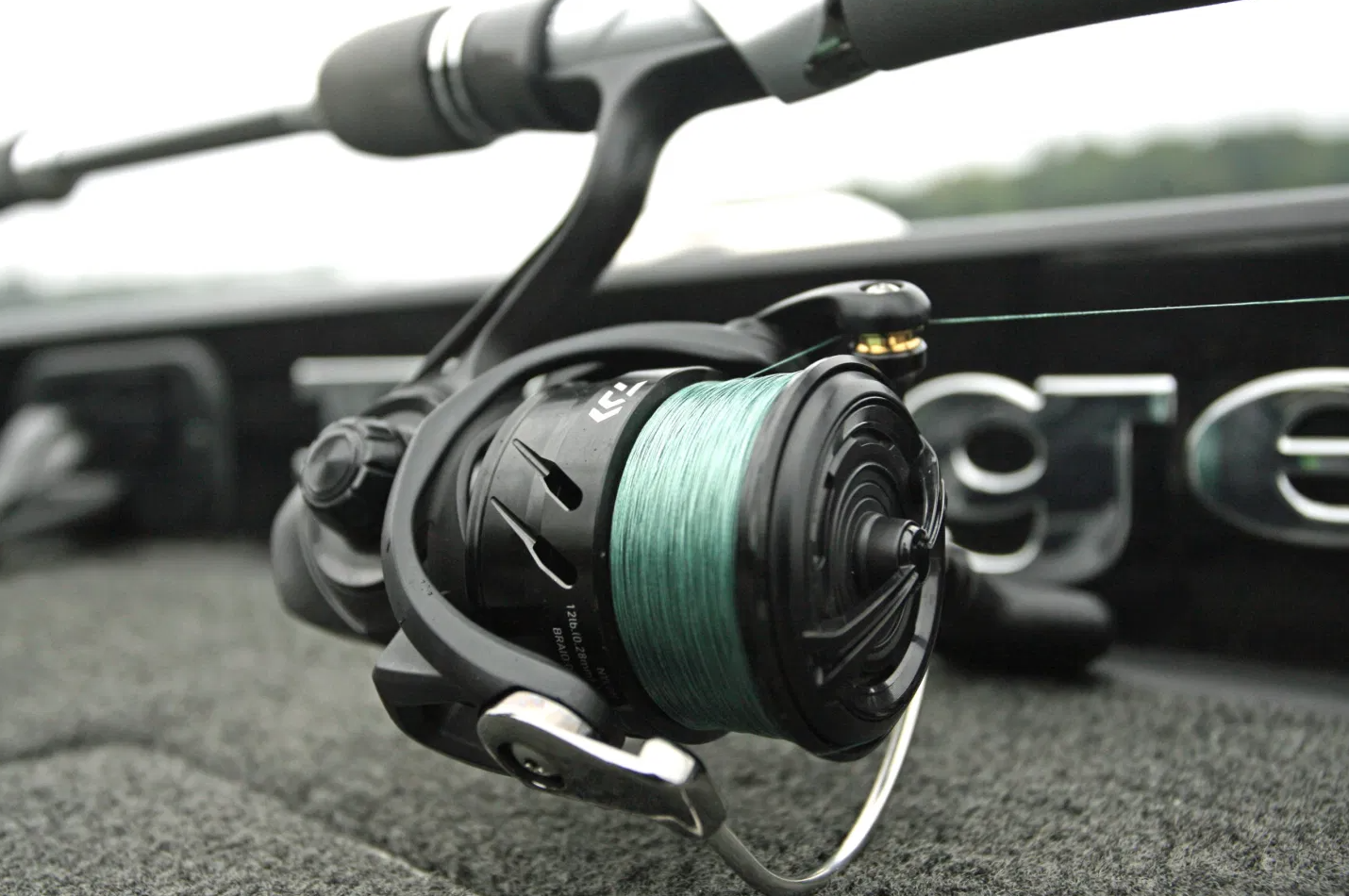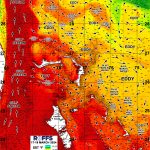Article Courtesy: fishingtackleretailer.com | Originally Published: 6/4/2020 | Click here for original article
Why You Should Buy Fishing Line Based on Diameter, Not Pound Test
They have the largest stand-alone fishing line factory on the planet, making enough line to go around the world nearly 34 times each year, and the fishing line experts at Sunline say you shouldn’t buy fishing line based on its test strength alone. In fact, one of the most important and most frequently overlooked attributes of fishing line is its diameter.
According to Sunline, Japanese law requires companies selling fishing line in the Japanese domestic market to label lines with a specific pound test that’s based on a diameter range for each line. Lines are crafted to those specific tolerances in Japan, and those specifications are held across the globe for all lines manufactured by the Iwakuni-based manufacturer. It’s a policy that ensures lines rated at a specific lb test will break at that pound test for true accuracy, but diameter plays a key role in that breaking point.
Sunline says the true measure of any line or fiber is its denier rating. Denier is a unit of measure for the linear mass density of fibers, the mass in grams of 9000 meters of fiber—or in their case, fishing line. Denier ratings provide a true measure of strength for any line or fiber that allows for variables in construction materials. For example, one fiber may have a higher breaking strength because it is larger in diameter, but that does not mean the fiber is stronger. It may merely be thicker in diameter. Using denier ratings, fibers can be tested and compared regardless of their diameter, for a true comparison.
In Europe, denier ratings are roughly equivalent to another set of fiber guidelines, the EFTTA Line Charter. This charter is a pledge by 35 line makers stating they will only manufacture lines that meet the agreed upon standards, such as this:
- To print on their products clear and accurate descriptions in terms of diameters and breaking strength that are easy to understand, truthful and respectful of consumer protection laws and the standards of the industry, in Compliance of the ISO 2062 Standards.
- To run quality controls in sufficient quantities and sufficiently often to ensure that products labels are always accurate.
- Not to use any other labelling in terms of breaking strength that is not scientifically demonstrated or agreed by the industry so as to avoid any confusion among consumers leading to unfair competition.
However, in the United States, there are no such guidelines or charters regulating fishing line diameters. In essence, line companies can produce a line and label it with any pound test they want, regardless of diameter. The result of that system means that American consumers may stumble upon lines that have a high pound test rating but are also larger in diameter. Often, that results in American anglers fishing with a line that is larger in diameter than they might realize, and in some cases that could have adverse side-affects. For instance, if an angler were to catch a world record fish using an inflated line, the record might not be upheld when submitted for a line class record.
To illustrate that point, let’s look at a comparison of random fishing line diameters rated at 12lbs of test.

Based on denier ratings, some of the lines currently being sold in the United States are much larger than the label on the spool. In some cases, an angler thinking he is buying 12lb line is actually buying 22lb line with a 12lb label on it.
However, the side effects of these ratings don’t stop at world records. Inflated line sizes can impact the performance of lures, which often swim or run better with lighter line. In particular, crankbaits and jerk baits run deeper with smaller diameter lines, allowing them to reach maximum depth. For that reason, avid trolling anglers have long found themselves in the habit of purchasing lines based on diameter, knowing that this key metric will impact the diving depths of their crankbaits when trolled.
It’s a habit that all anglers would be wise to adopt, as line production regulations differ around the world.






